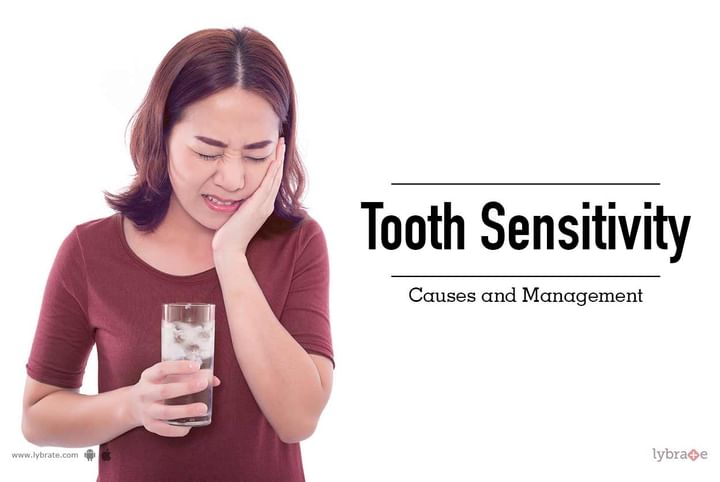Tooth Sensitivity: Causes and Management
Dental problems can be very painful and take the smile off your face completely. Those who have experienced sensitivity would vouch for it. It just will not allow you to enjoy the hot coffee or a favourite sweet or a cold smoothie. The pain that shoots down the tooth after any of these would leave the person shuddering.
The tooth has 3 layers, from the outside in these are the enamel, the dentin and the pulp. The outermost enamel is mineralized and the hardest structure in the body. The next layer, dentin, has fine tubules and when the enamel is worn off exposing the dentin, sensitivity sets in. The enamel is thinner in some portions of the tooth like the neck and the roots, therefore sensitivity onset is quicker in these areas.
Some of the common reasons for sensitivity are listed below:
- Tooth decay: As caries progresses from enamel to dentin, sensitivity sets in, especially to hot and cold foods.
- Wear and tear: Excessive brushing of teeth can lead to wearing of teeth, especially near the neck areas, leading to loss of enamel and resulting in sensitivity.
- Dental damage: Chipped or broken tooth can lead to sensitivity.
- Gingival disease: This leads to loss of gum cover over the tooth, leading to exposure of dentin and therefore sensitivity.
- Bruxism: Clenching of teeth, common in people with high levels of stress, can lead to enamel wearing and subsequent sensitivity.
- Dental treatment: Some dental procedures like scaling, crowns, root planing, and some fillings can cause transient sensitivity.
- Highly acidic food items: Citrus fruits, tomatoes, tea, etc. can lead to tooth sensitivity.
- Bleaching agents: Most tooth whitening agents result in sensitive teeth.
- Excessive use of mouthwash: The mouth rinses contain high amount of alcohol which can also lead to tooth sensitivity.
Management: As with all health conditions, the first step in management is to identify the problem. Whether it is dental decay or recent dental treatment, food habits or tooth whitening agents, the cause needs to be identified and then treatment begun accordingly.
- For lost enamel, be it decay or damage, the tooth again needs to be restored to its original form to cover the dentinal tubules and reduce sensitivity.
- For habits, be it food related or bruxism, in addition to treating the tooth, the habit per se needs to be addressed to prevent recurrence.
- For associated dental products like whitening agents or mouth rinses, talk to a dentist to switch to a less harmful product.
- De-sensitizing pastes are also available that can be used on a regular basis to reduce the problem.
Tooth sensitivity is annoying but there are ways to manage it effectively.



+1.svg)
